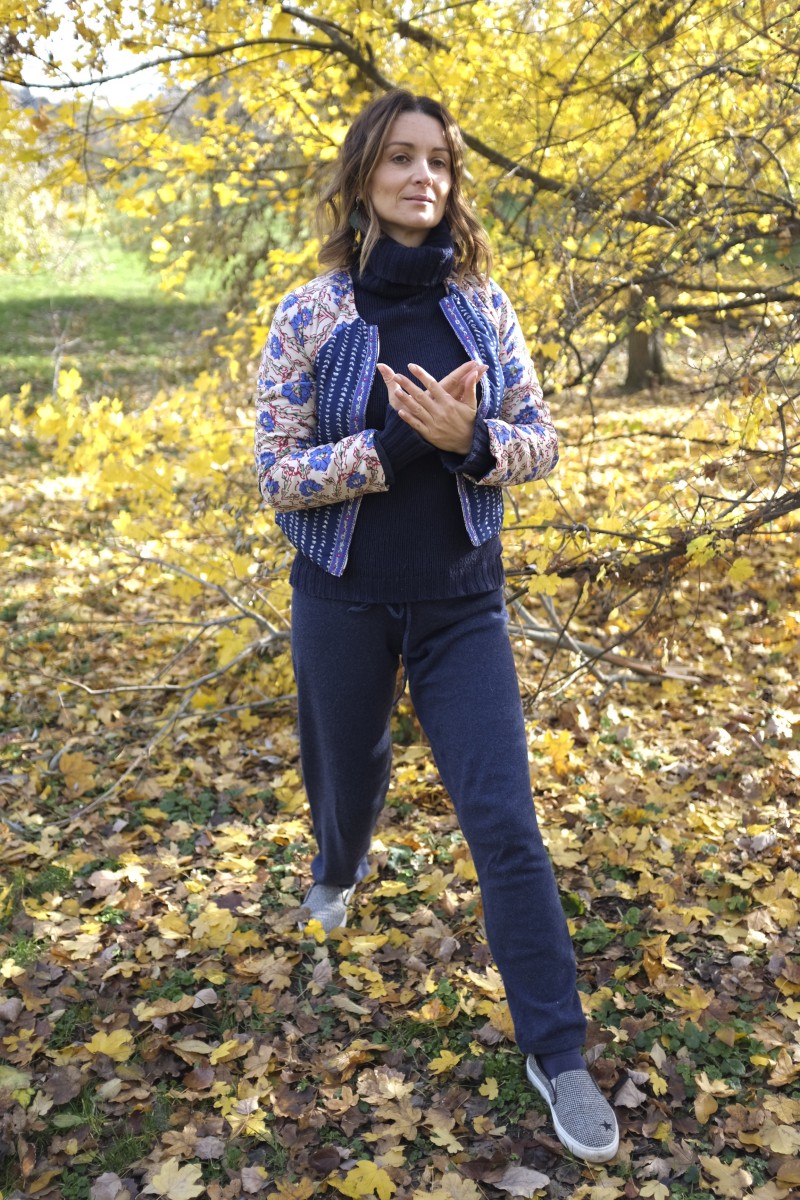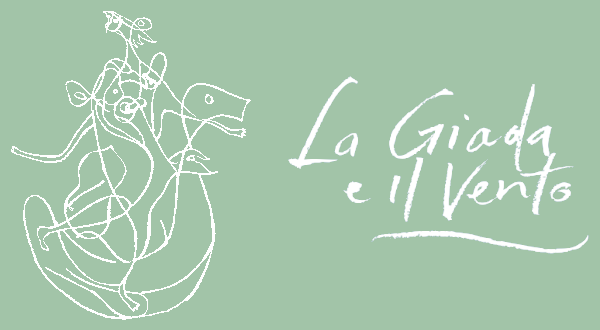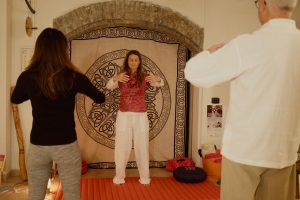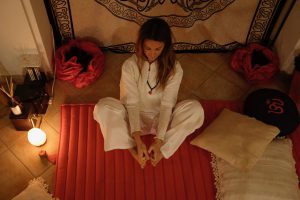
Qi Gong: Movement of the Qi to restore energy balance in the body
This ancient Chinese discipline draws its origins from the Taoist Science of Nature, a long-life practice, the way of the Tao – vital flow at the origin of everything – manifests itself and acquires form and order through the harmonious alternation of the Yin-Yang energy polarities, which are revealed through the energy of the Five Elements: metal, fire, water, wood, earth.
Qi Gong is a global discipline that works on the individual’s energy and resources. It is based on techniques of movement, relaxation, breathing, self-massage and mental concentration, harmonizing the body-breath-mind system. By practicing preparatory exercises and then more subtle ones, the vital energy “Qi” is nourished and strengthened. The body rediscovers a relaxed and harmonious structure, the mind is pacified, clear, calm and bright, radiating new light into the heart and soul.
The practice of Qi Gong is suitable for anyone who wants to experience listening to their body and self; according to traditional Chinese medicine (TCM) Qi Gong improves our resistance to disease and can promote self-healing. It is at the same time a useful preparation for those who practice sports and martial arts, dance and theatre, as well as for practitioners of psychophysical techniques related to TCM. There are no age, training or experience limits.






